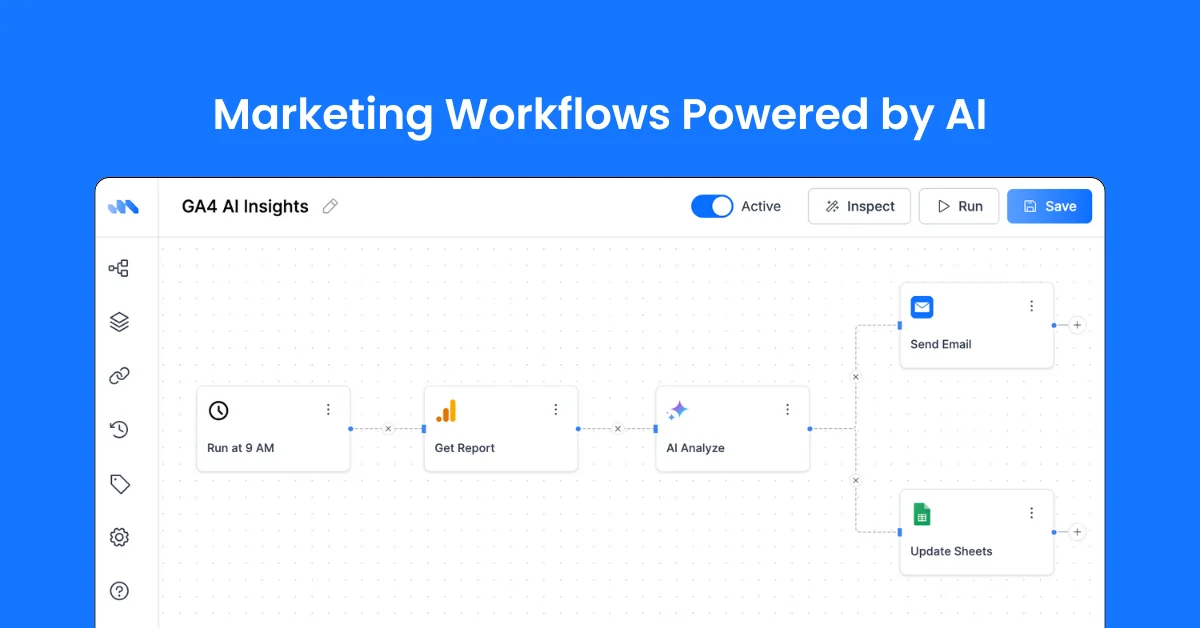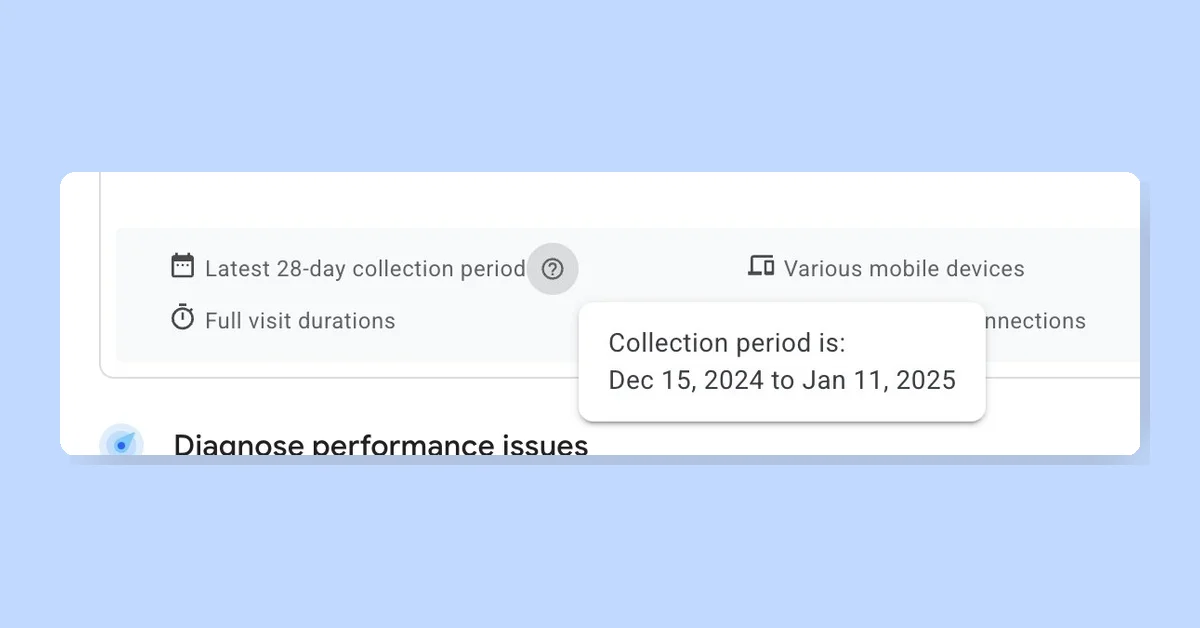Google Chrome has officially ended support for the First Input Delay (FID) metric, transitioning to Interaction to Next Paint (INP) as the primary Core Web Vitals metric for measuring interaction responsiveness.
Key Changes
- End of FID Support: Chrome tools like PageSpeed Insights and the Chrome UX Report (CrUX) will no longer report FID data.
- PerformanceObserver API: Chromium will continue to support first-input entries, allowing developers to measure FID if needed.
- Tooling Updates:
- PageSpeed Insights: Will stop reporting FID data in the real-user experiences section.
- PageSpeed Insights API: Will cease serving data for the
FIRST_INPUT_DELAY_MSmetric. - CrUX API and CrUX History API: Will stop serving data for the
first_input_delaymetric. - CrUX Dashboard: Will remove the First Input Delay page.
- CrUX BigQuery Project: Will remove the
first_inputstruct from the schema starting with the 202409 dataset, published in October 2024. Historical FID data will remain available. - web-vitals.js Library: Will remove the
onFIDfunction in the next major version, 5.0. - Web Vitals Extension: Will no longer report FID data in any of its surfaces.
Documentation Changes
- FID Documentation on web.dev: The canonical FID article will remain but will include a warning message to discourage its use in favor of INP.
- Optimize FID Article: Will be permanently redirected to the Optimize INP article.
Transition to INP
The transition to INP aims to address responsiveness issues that FID did not capture. These changes ensure that developers adopt INP as the best available metric to improve interaction performance.
















